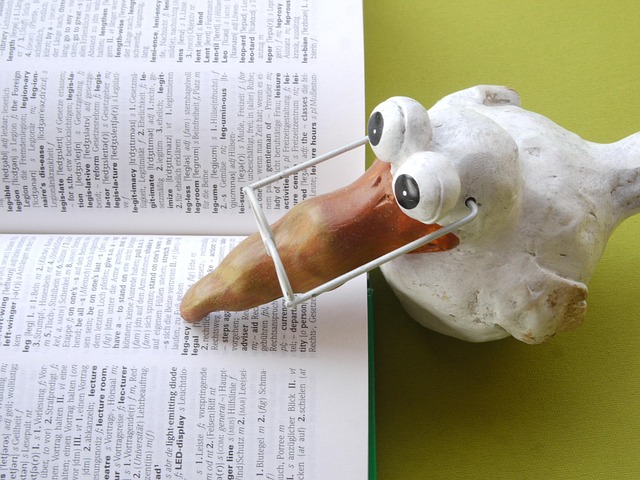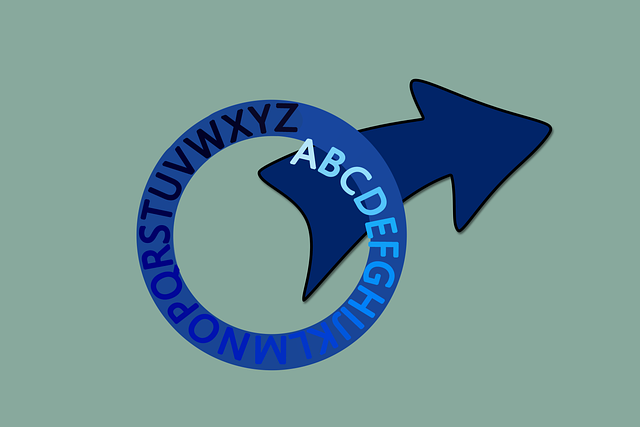
Technical manual translation goes beyond language conversion, demanding cultural adaptation and precision for global accessibility. Choosing target languages, navigating translation methods, combining human expertise with technology, leveraging domain knowledge, and focusing on clear communication are vital to ensure accurate and effective translate experiences for diverse audiences. Professional services specializing in legal and sensitive document translation maintain accuracy and linguistic precision across complex information.
“Navigating the complex world of technical manuals requires a meticulous approach to translation. This comprehensive guide delves into the intricacies of translating these specialized documents, ensuring accurate communication of critical information. From understanding the unique demands of technical manuals to selecting appropriate languages and employing advanced translation techniques, this article offers insights for professionals. Learn about quality assurance measures, the importance of clear instructions, and best practices to successfully translate and deliver technical content.”
- Understanding Technical Manuals: A Deep Dive
- Language Selection for Accurate Translation
- Exploring Translation Techniques and Tools
- Quality Assurance in Technical Document Translation
- Effective Communication: Delivering Clear Instructions
Understanding Technical Manuals: A Deep Dive
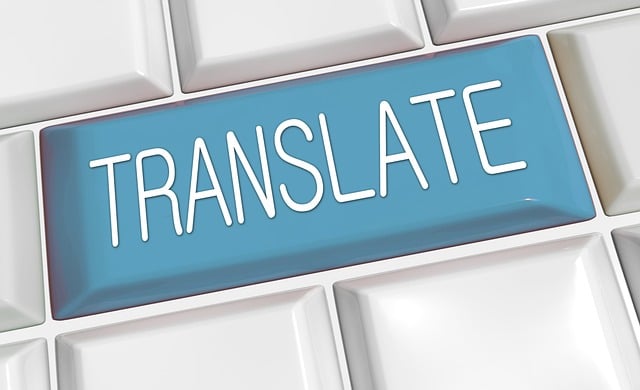
Technical manuals are more than just a collection of instructions; they are comprehensive guides designed to educate users about complex systems or products. These official documents play a crucial role in various industries, from manufacturing and technology to healthcare and aerospace. Understanding their structure is essential when embarking on the task of translation, especially when aiming to reach global audiences.
When translating technical manuals, it’s not just about converting text from one language to another; it involves a nuanced process that requires cultural adaptation in marketing strategies. User guides across languages must consider the target audience’s cultural context and terminology to ensure effective communication. For instance, legalizing an official document for international recognition or adapting content for different markets can significantly impact how well a manual is received and understood by users worldwide. Therefore, professionals in this field must give us a call at semantic considerations to achieve flawless results that resonate with diverse readerships.
Language Selection for Accurate Translation

When translating technical manuals, choosing the right language is the first step to ensuring accuracy. The language selection process involves considering both the target audience and the specific requirements of the document. For instance, if the manual is for a global software company with users across Europe, translating it into widely spoken languages like English, French, German, or Spanish might be most beneficial. This decision not only guarantees accessibility but also facilitates future updates and revisions.
Moreover, leveraging advanced translation techniques can significantly enhance grammatical accuracy checks. These methods involve using specialized tools and human translators who are fluent in both the source and target languages. By combining these approaches, you can achieve a level of precision that goes beyond simple word-for-word translations, ensuring the manual’s technical content remains intact while adapting to cultural nuances across different languages. Remember, for professional legal document interpretation services, give us a call at Legal Document Interpretation.
Exploring Translation Techniques and Tools

In the realm of technical manual translation, exploring diverse translation techniques and tools is akin to navigating a complex yet rewarding labyrinth. The process involves more than just word-for-word replacements; it demands an understanding of both translate languages and cultural nuances. Field research plays a pivotal role in ensuring accurate translations, as context and terminology specific to the industry are crucial for precision. For instance, simultaneous translation versus consecutive translation methods can significantly impact communication during technical presentations or training sessions.
Choosing the right approach depends on various factors, such as the nature of content, audience engagement requirements, and time constraints. As you find us at language barrier breakdown translation techniques, remember that combining human expertise with advanced technology offers the best outcomes. Tools like machine translation have evolved to handle complex terminologies, while professional translators bring specialized knowledge and contextual understanding, ensuring a seamless and effective translate experience for technical manuals.
Quality Assurance in Technical Document Translation
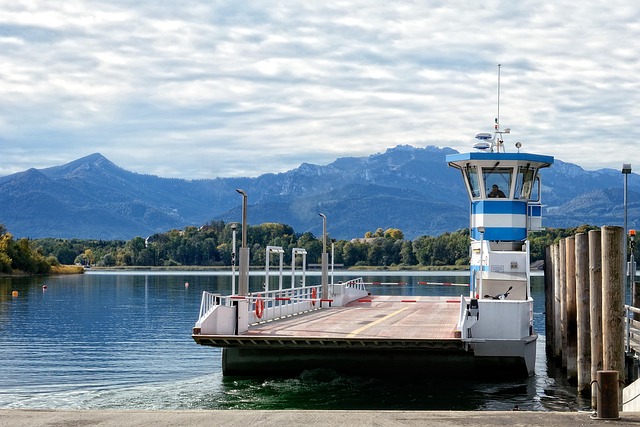
Ensuring quality in technical document translation is paramount to effective communication and understanding. It involves a meticulous process that goes beyond simple word substitution, especially when dealing with specialized terminology within hardware or heritage documentation. Translators must possess not only language proficiency but also domain expertise to accurately convey complex concepts. This includes staying up-to-date with industry trends and ensuring consistency in terminology across various documents.
Real-time translation tools can aid in speedier translations, but they should be used judiciously. These tools might struggle with nuances and cultural contexts, potentially leading to inaccuracies. Therefore, a combination of human expertise and advanced technology is ideal. Capturing the cultural essence of the source document while adhering to linguistic accuracy and technical precision is an art that seasoned translators excel at. For professional and reliable translation services, especially for legal or sensitive documents, give us a call at legal document interpretation.
Effective Communication: Delivering Clear Instructions
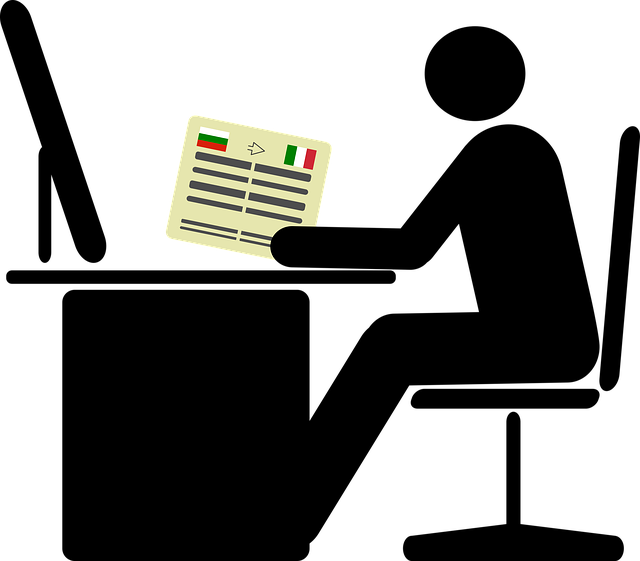
Effective communication is paramount when translating technical manuals. The primary goal is to convey complex information clearly, ensuring that users can understand and follow instructions accurately. This involves more than just word-for-word translation; it requires a deep understanding of both the source language and cultural nuances in translation interpretation. For instance, what seems like a simple instruction in one culture might have a different connotation or be misunderstood in another. Therefore, translating technical manuals demands careful consideration of these subtleties to deliver precise, unambiguous instructions.
To achieve this clarity, many professionals opt for a balance between oral vs. written translations. Crowdsourcing translations can also enhance accuracy and speed, leveraging diverse linguistic perspectives. Moreover, when translating into multiple languages, it’s crucial to find us at idioms and proverbs explained, as these cultural references often carry unique meanings that require special handling. This meticulous approach ensures that the translated manual not only communicates technical details effectively but also adapts seamlessly to various linguistic and cultural landscapes.
Translating technical manuals requires a meticulous approach, from comprehending specialized content to selecting the right language and employing effective translation techniques. This comprehensive guide has navigated through essential aspects, including language choices, translation tools, and quality assurance measures, ensuring accurate and clear instructions in the target language. By following these strategies, professionals can enhance communication and make technical manuals accessible to a global audience, facilitating seamless knowledge transfer and simplifying complex processes worldwide.
